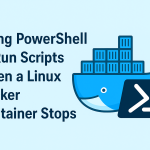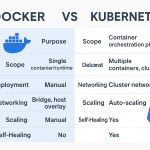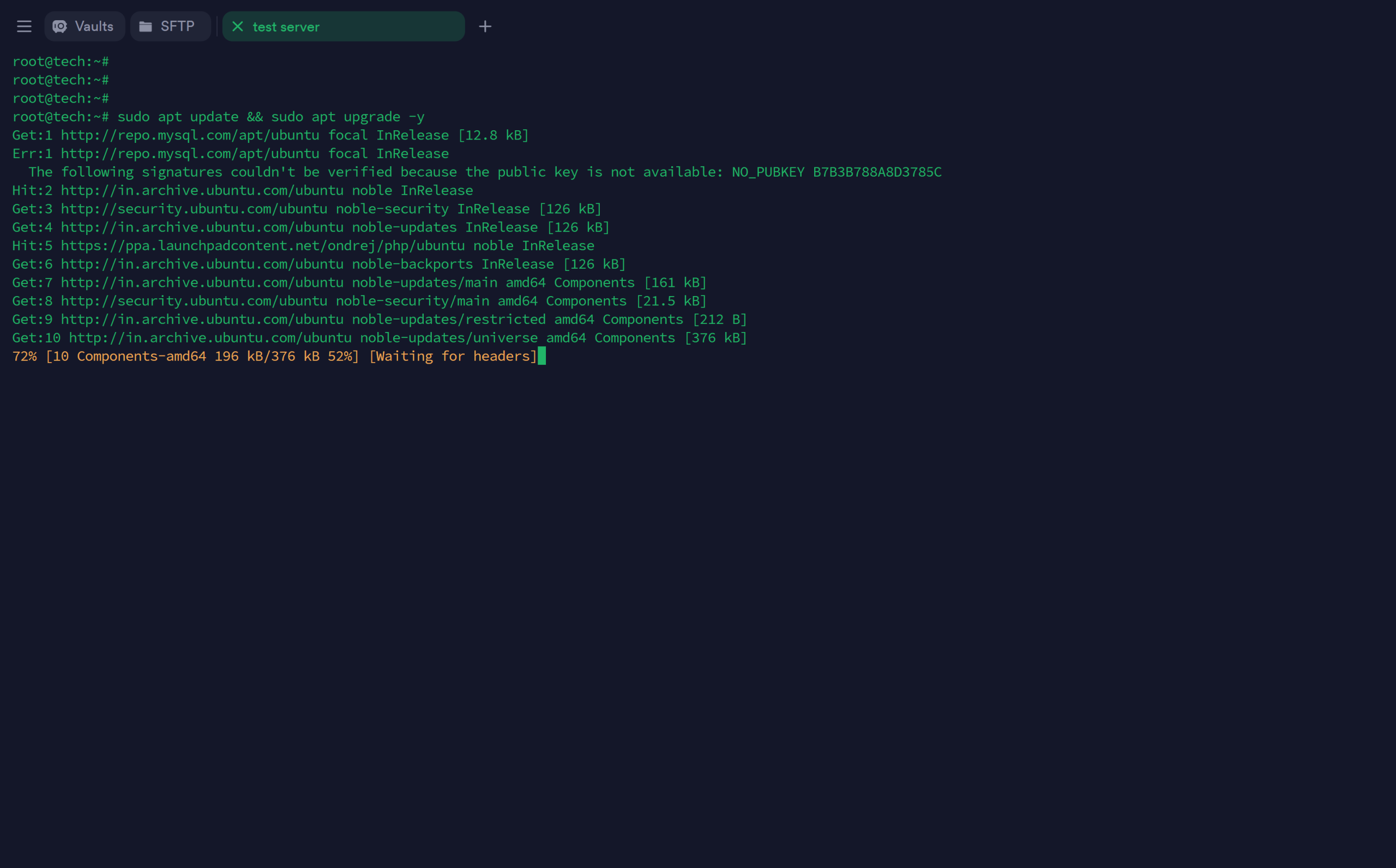Optimizing CentOS Server Performance: The Ultimate 2025 Guide
In today’s high-stakes, performance-obsessed digital world, keeping your CentOS server running fast and smooth is non-negotiable. Whether you’re serving up web traffic, managing database-heavy workloads, or handling sensitive backend operations, performance isn’t just a technical detail—it’s the backbone of user experience and uptime reliability.
CentOS stands out for its rock-solid stability and enterprise-ready nature. That said, its default setup doesn’t fit every use case. This guide walks you through tried-and-true methods to sharpen your CentOS box for maximum performance, resilience, and efficiency.
📊 Finding the Performance Cliffs
Before diving into tweaks, know what you’re up against. Bottlenecks might lurk in:
- CPU Overload – Too many cycles, too little headroom
- Memory Pressure – Not enough RAM or inefficient usage
- Disk I/O – Slow reads/writes bog things down
- Network Traffic – Poor bandwidth use or config
- Misconfigured Services – Defaults not playing nice
Step-by-step diagnosis is the smart way to start tuning.
📈 Tracking & Benchmarking
🔍 Setting Baselines
Start with data:
sudo yum install sysstat htop iotop -y
sudo systemctl enable sysstat && sudo systemctl start sysstat htop iostat -xz 1 ss -tuln sar -u
🧪 Benchmark Your Load
Measure it before you tweak it:
sudo yum install sysbench fio httpd-tools siege -y
sysbench cpu --threads=4 run fio --name=random-write --rw=randwrite --bs=4k --size=4g --runtime=60 ab -n 1000 -c 10
http://localhost/
🧠 CPU Tweaks
⚙️ Governor Mode: Performance
sudo yum install kernel-tools -y
cpupower frequency-set -g performance echo 'GOVERNOR="performance"' | sudo tee /etc/sysconfig/cpupower sudo systemctl enable cpupower
🧮 Tune the Scheduler
sudo tee /etc/sysctl.d/99-scheduler.conf << EOF kernel.sched_min_granularity_ns = 10000000 kernel.sched_wakeup_granularity_ns = 15000000 kernel.sched_migration_cost_ns = 5000000 EOF sudo sysctl -p /etc/sysctl.d/99-scheduler.conf
🧠 NUMA Tuning
sudo yum install numactl -y
numactl --hardware
numactl --cpunodebind=0 --membind=0 your_application
⚡ IRQ Load Balancing
sudo yum install irqbalance -y sudo systemctl enable --now irqbalance
🧬 RAM Optimization
📁 Kernel Memory Settings

sudo tee /etc/sysctl.d/99-memory.conf
<< EOF vm.dirty_ratio = 10 vm.dirty_background_ratio = 5 vm.swappiness = 10 vm.vfs_cache_pressure = 50 vm.overcommit_memory = 2 vm.overcommit_ratio = 80 EOF
sudo sysctl -p /etc/sysctl.d/99-memory.conf<pre>
🚫 Kill Transparent Huge Pages
echo never > /sys/kernel/mm/transparent_hugepage/enabled
Make it stick:
sudo tee /etc/systemd/system/disable-thp.service
<< EOF [Unit] Description=Disable Transparent Huge Pages
[Service]
Type=oneshot ExecStart=/bin/sh -c
'echo never > /sys/kernel/mm/transparent_hugepage/enabled' ExecStart=/bin/sh -c 'echo never >
/sys/kernel/mm/transparent_hugepage/defrag' RemainAfterExit=yes [Install]
WantedBy=multi-user.target
EOF
sudo systemctl enable disable-thp
🔁 Configure Swap Wisely
sudo dd if=/dev/zero of=/swapfile bs=1G count=8
sudo chmod 600 /swapfile
sudo mkswap /swapfile && sudo swapon /swapfile
💽 Disk I/O Boosting
📂 Tweak the Filesystem
For XFS:
UUID=<uuid> /data xfs defaults,noatime,nodiratime,logbufs=8 0 2
For ext4:
UUID=<uuid> /data ext4 defaults,noatime,nodiratime,commit=60 0 2
🕹️ I/O Scheduler Adjustments
echo 'deadline' > /sys/block/sda/queue/scheduler
Persist it with a udev rule.
📥 Read-Ahead Buffer
blockdev --setra 4096 /dev/sda
✂️ Enable TRIM for SSDs
sudo systemctl enable fstrim.timer --now
🌐 Network Performance Tuning
🌍 TCP Stack Settings
sudo tee /etc/sysctl.d/99-network.conf << EOF
net.core.rmem_max = 16777216
net.ipv4.tcp_congestion_control = cubic
net.ipv4.tcp_fastopen = 3
fs.file-max = 2097152
EOF
sudo sysctl -p /etc/sysctl.d/99-network.conf
📡 NIC Optimization
sudo yum install ethtool -y
ethtool -G eth0 rx 4096 tx 4096
ip link set eth0 mtu 9000
🧾 File & Process Limits
🛠 App-Level Tuning
🌐 Apache Worker Threads
sudo yum install httpd -y
sudo tee /etc/httpd/conf.modules.d/00-mpm.conf << EOF
LoadModule mpm_worker_module modules/mod_mpm_worker.so
<IfModule mpm_worker_module>
StartServers 4
MaxRequestWorkers 400
</IfModule>
EOF

🗃️ MariaDB Settings
sudo yum install mariadb-server -y
sudo tee /etc/my.cnf.d/server.cnf << EOF
innodb_buffer_pool_size = 12G
max_connections = 1000
query_cache_type = 0
EOF
🧪 Kernel-Level Tweaks
🐧 GRUB Config Adjustments
GRUB_CMDLINE_LINUX="elevator=deadline transparent_hugepage=never"
sudo grub2-mkconfig -o /boot/grub2/grub.cfg
⏰ Sync Your Time
sudo yum install chrony -y
sudo systemctl enable --now chronyd
🔐 Security During Tuning
Keep SELinux in check:
sudo setenforce 1
Configure the firewall properly:
sudo yum install firewalld -y
sudo firewall-cmd --permanent --add-service=http
sudo firewall-cmd --reload
🤖 Automate the Setup
Create a script:
sudo tee /usr/local/bin/perform_tuning.sh << 'EOF'
#!/bin/bash
sysctl -p /etc/sysctl.d/99-network.conf
cpupower frequency-set -g performance
EOF
chmod +x /usr/local/bin/perform_tuning.sh
Register it as a service:
sudo tee /etc/systemd/system/performance-tuning.service << EOF
[Service]
ExecStart=/usr/local/bin/perform_tuning.sh
[Install]
WantedBy=multi-user.target
EOF
sudo systemctl enable performance-tuning
📉 Monitor What Matters
Consider deploying:
- Prometheus + Grafana
- Zabbix
- ELK Stack
For example:
sudo yum install -y prometheus-node-exporter
sudo systemctl enable --now prometheus-node-exporter
📈 Real-World Results
- Web stack: 30% boost with TCP tweaks, HTTP/2, and worker tuning
- Database: Up to 55% latency drop with memory and I/O configs
🧠 Final Thoughts
Tuning CentOS for peak performance isn’t a one-time job—it’s an ongoing discipline. With the right metrics, thoughtful changes, and automation in place, you can unlock serious gains.
Always test in staging first—then roll out smart.














